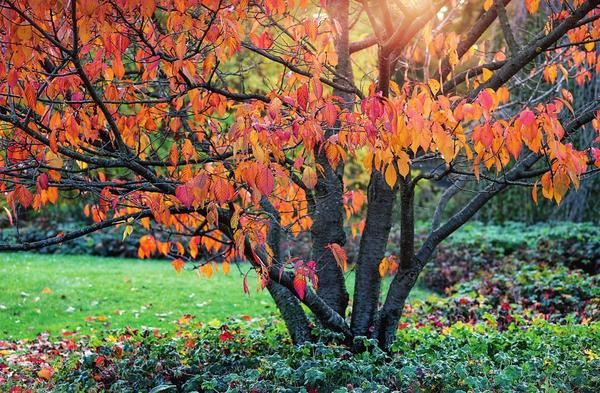Each gardener understands that after fruiting, in late summer - early autumn, fruit trees need rest, pruning, and recuperation for the next wintering season. To help them gain strength for the future harvest is the task of the people, but it is necessary to know exactly what feedings and when it is best to bring plum into the soil in the autumn so as not to harm the garden crops.
Table of contents
Why plum autumn dressing
Fruiting trees directly depends on proper care and nutrition.During the spring and summer, the tree is exhausted, giving all the strength of the crop, and therefore autumn dressing necessarily required and is the key to next year's harvest. Plum is not an exception to the general rule, it also needs a number of essential nutrients.
To shrub wintered well, saved as many eyes as possible, you need to make a set of necessary substances in the fall. If this is not done, you can be late with spring dressings - the tree will not tolerate winter and may lose some fruit-bearing branches.
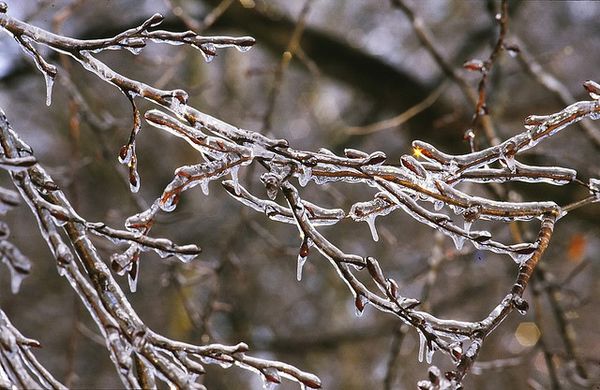
Terms to fertilize in the fall
When is the best fertilizer to make, and what? First of all, it should be noted that if the drain was planted according to all the rules and the necessary substances were introduced during the landing, first three years young seedling no need to feed.
If the tree is already fruitful, then you need to fertilize Every year. Everything that is brought under the tree is placed in the near-wellbore, 1.5 meters radius, and around the young seedlings - a ring, departing from the trunk 15-25 cm.
So that the root system has time to assimilate all the beneficial substances, it is necessary to feed a month before the cold.
How to feed the plum in the fall
Organic fertilizer
Fruiting plums and young seedlings that have reached the age of three must first of all be supplied with a sufficient amount of organic fertilizers - rotted manure, compost. They have a positive effect on the soil structure and on the tree itself:
- well nourish the root system, restore its vitality;
- beneficial effect on growth;
- contribute to higher yields;
- prevent soil mineralization, keeping the structure "alive" and friable.
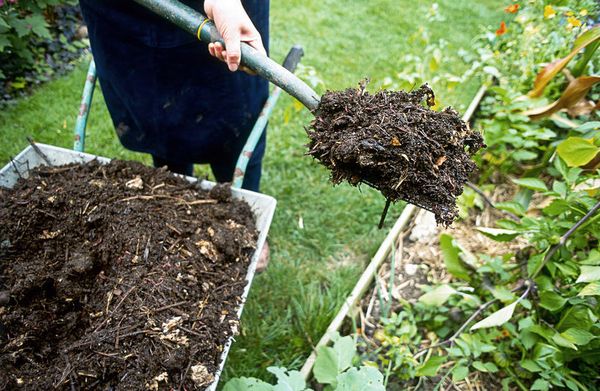
Fresh manure can not be applied in the autumn, and rotted (humus) is distributed around the trunk at the rate of 7-8kg / 1kv.mthe soil loosened by 15-20 cm. Pig manure and bird droppings are best deferred until spring, as they contain large amounts of nitrogen.
It is often recommended to add urea to the same area along with humus - no more than 20g, since rotted manure loses most of the nitrogen.
Wood ash
Plain ash, especially from burning hardwood, straw is the cheapest balanced mineral fertilizer.
1 square meter is enough 250g ash. To reduce the acidity, and significantly increase the yield of plums will help making the mixture - 1 bucket of humus + 1 cup of fluff (lime) evenly distribute around the tree, loosen the soil and pour.
Potash phosphate
Potassium is necessary for plum just before winter, because promotes the removal of fluid, thereby increasing frost resistance. It is much contained in manure with rotted straw bedding, and it can be applied in pure form, diluting with water at the rate of 30g per 1 sq. M.
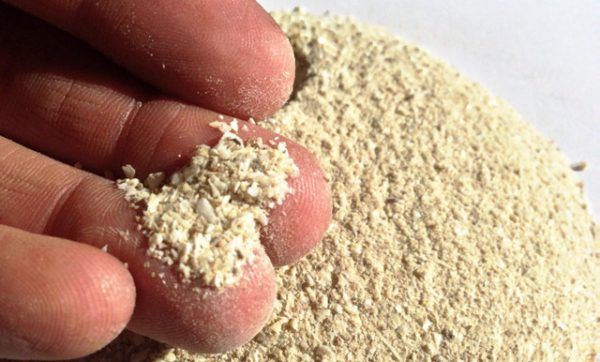
Phosphorus plum should have enough time to save up until the next harvest, so in the fall it is necessary to make it. This trace element strengthens the root system and contributes to the accumulation of sugar and protein in tree sap. To do this, use bone meal - 50g / 1kv.m.
Superphosphates
These fertilizers contain several useful elements that are needed in the fall: phosphorus, potassium, sulfur, calcium, permissible amount of nitrogen. They are also convenient because they dissolve easily in water and are applied as a liquid top dressing: dilute 250-300g in 10l, bring in at the rate of 60g / 1kv.m. The dose of superphosphate is halved.
Together with phosphate fertilizer can be applied Kalimagnezia - 100-120g under each tree. Potassium and magnesium contribute to the normal development of young shoots and fruits. The red-brown color of the plum leaves will tell about the lack of elements.
Calcium is necessary for the tree for the development and growth of the root system. In superphosphate fertilizer it contains a sufficient amount. On acidic soils, you can make as an independent top dressing, as it promotes a balanced accumulation of iron and manganese in the soil - the main sources of the oxidation process.
Sulphate, nitrate or calcium chloride diluted with water in an amount of 25g / 10l. By the way, if you used lime to deoxidize the soil, this will also be enough (after all, lime is calcium carbonate).
To protect the plum from fungal infections and other diseases, you need to feed it iron. The foliar top dressing will be the most effective - you just need to spray it with a solution of ferrous sulfate.
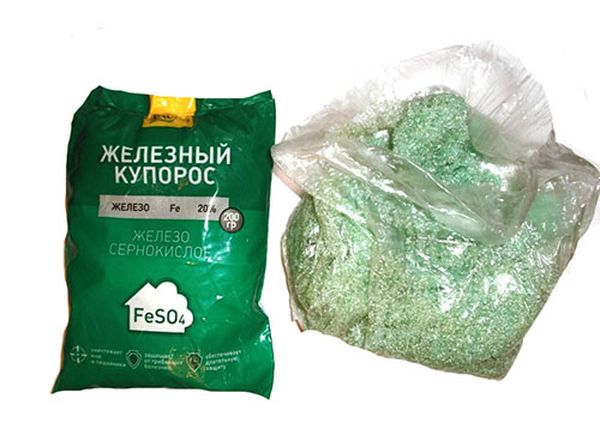
Dolomite flour
Dolomite flour is applied with lime-fuzz or ash. She's well reduces soil acidityProvides a large amount of calcium and magnesium.
The state of the tree will tell you what is needed for it. Under the young trees in the fall, you can add only organic matter, and the rest - gradually, in the form of one-time dressings. Under adult plums make up to three components, along with compost or humus. The soil must be well loosened and watered abundantly. After that, the ground around the tree is mulched.
After this preparation, your trees will be protected throughout the winter and will give a wonderful harvest next year.
